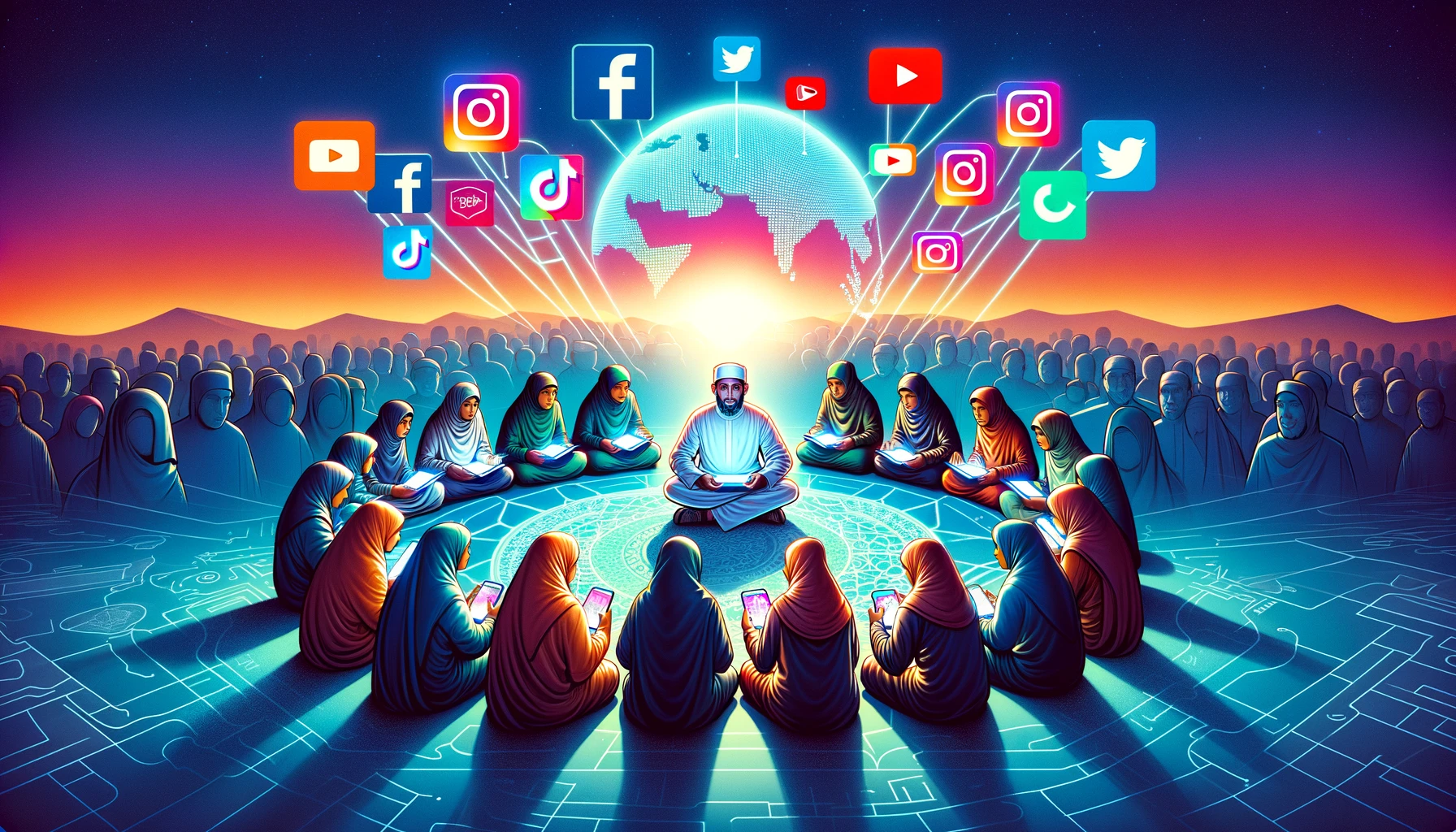
The world of Islamic art, particularly nasheeds and Quran recitations, is undergoing a transformation with digital technology at the forefront. As global audiences increasingly turn to digital platforms for content, artists must adapt to ensure their work is distributed, protected, and properly valued.
In this article, we will explore how Islamic artists can harness digital tools to expand their reach, build a lasting presence, and preserve the cultural integrity of their work, all while navigating the evolving digital landscape.
1. Reaching a Global Audience: The Power of Digital Distribution
In the past, artists faced challenges in reaching a broad, global audience. But now, thanks to platforms like Spotify, Apple Music, and YouTube, Islamic artists can effortlessly share their nasheeds and recitations worldwide. Digital distribution offers a powerful means of ensuring your content is heard across borders—whether through curated playlists or direct streaming.
This accessibility doesn’t just benefit artists by reaching new audiences; it also allows listeners to connect with Islamic music and messages in a way that fits their lifestyle. The opportunity for Islamic content creators to build a global following is unprecedented, and it’s an important step in transcending cultural boundaries to spread positivity and inspiration.
2. Personalized Support and Strategy for Success
Digital distribution platforms don’t just handle uploading and sharing content; they also offer personalized support to help artists refine their approach and achieve optimal success. Services like Makam Worldwide offer tailored solutions for artists, ensuring they’re not just part of the platform but can maximize their visibility through strategic planning.
From release schedules to curated playlists and promotional opportunities, these platforms work hand-in-hand with creators to ensure that their music reaches the right audience. By utilizing these tools, artists can enhance their presence, ensuring that their work resonates with listeners and stands out in a crowded digital space.
3. Preserving Cultural Integrity Through Digital Platforms
One of the most crucial aspects of distributing Islamic art through digital platforms is the preservation of cultural and spiritual integrity. As creators share their nasheeds and recitations with global audiences, they must ensure their content remains true to its spiritual and cultural roots.
Digital platforms not only help with the distribution of content but also allow artists to ensure that their work is presented in a way that upholds the values of Islam. Features like geo-targeting, localized content, and customized metadata ensure that Islamic content is distributed with respect for its cultural context, allowing it to thrive globally without losing its essence.
4. Building a Sustainable Career with Digital Tools
For Islamic artists, the digital age presents a unique opportunity to not only share their art but also to build a sustainable career. By leveraging monetization tools, artists can generate income from streaming platforms, licensing, and fan support. But sustainability goes beyond just making money—it’s about creating a foundation for growth.
With digital distribution, artists can track performance, analyze audience engagement, and adapt their strategies based on data-driven insights. This feedback loop empowers creators to understand their audience better, refine their craft, and grow their following in ways that were once impossible.
5. The Future of Islamic Art in the Digital World
The future of Islamic art in the digital space is incredibly bright. With advancements in technology, artists have the tools they need to not only reach a global audience but also protect their content, preserve its integrity, and ensure their work remains financially viable. Platforms like Makam Worldwide are essential in helping Islamic artists succeed in this evolving digital landscape, offering the distribution, protection, and monetization tools needed for a sustainable career.
As Islamic content continues to inspire, educate, and unite communities worldwide, digital platforms will be at the heart of this movement, ensuring that Islamic art reaches its fullest potential, both culturally and financially.
In an era where digital tools shape every industry, Islamic artists are uniquely positioned to harness technology to amplify their voice and share their work with the world. By embracing these tools for distribution, protection, and monetization, they can build a lasting legacy that reaches across borders, cultures, and generations.